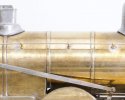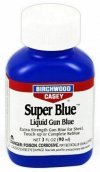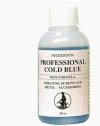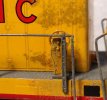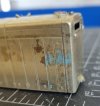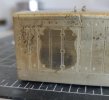bordercollie
New Member
Hi
I am at the point of painting a brass wagon under-frame. It has taken me some time however I have cleaned it after each session with water and in an ultrasonic cleaner using plain water. However, there is quite a bit of tarnishing. I have tried getting rid of it with some success on larger flatter sections, but when trying to do the harder to get at parts I am having difficulties. I have bent or broken off small parts. I am therefore wondering if I can ignore the tarnish and apply etch primer followed by painting without any ill effects. I have both SMS etch primer and Tamiya Metal primer.
Best wishes
I am at the point of painting a brass wagon under-frame. It has taken me some time however I have cleaned it after each session with water and in an ultrasonic cleaner using plain water. However, there is quite a bit of tarnishing. I have tried getting rid of it with some success on larger flatter sections, but when trying to do the harder to get at parts I am having difficulties. I have bent or broken off small parts. I am therefore wondering if I can ignore the tarnish and apply etch primer followed by painting without any ill effects. I have both SMS etch primer and Tamiya Metal primer.
Best wishes

